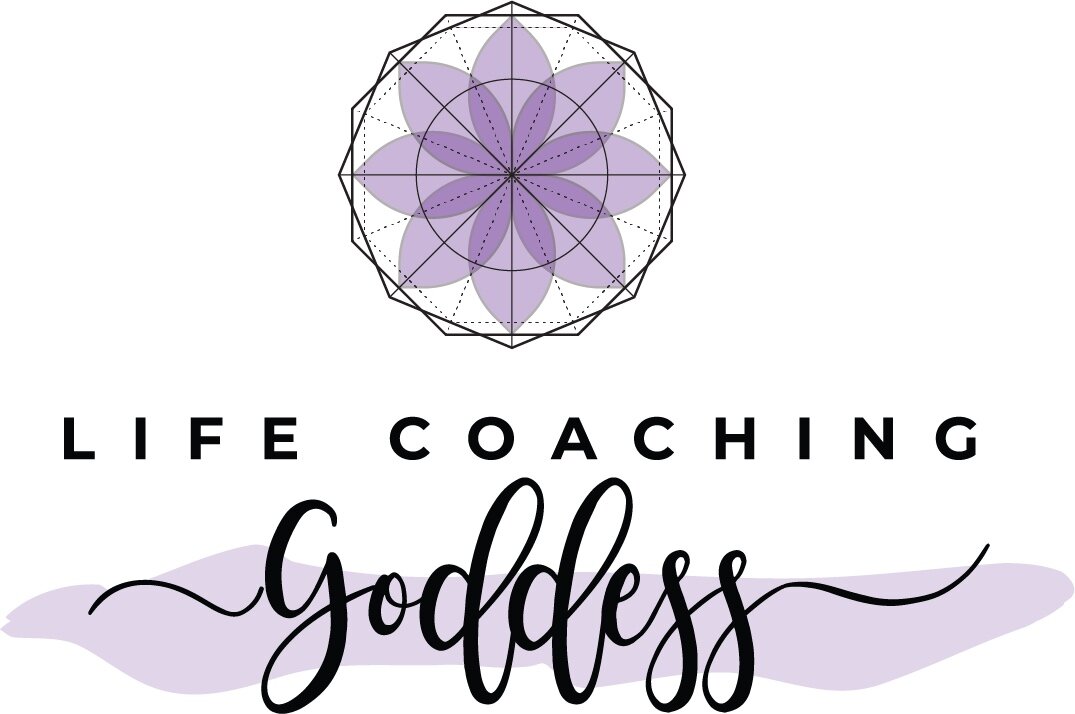The Core Wound of “I Am Not Believed” — And How to Begin Healing It
There’s a particular kind of pain that lingers long after the moment has passed—the pain of not being believed. When someone doubts your experience, especially in an emotionally vulnerable moment, it doesn’t just sting—it unsettles something deep within you. It can feel like a direct hit to your sense of self, like your reality is being erased in real time.
For many survivors of trauma—especially those who’ve lived through sexual abuse or escaped high-control environments like cults—this isn’t a new wound. It’s an old one, one that formed the moment your truth was first denied. Maybe you were silenced, questioned, or even blamed for something that happened to you. Maybe you were gaslit for speaking out, trained to distrust your own perception of reality. And so, somewhere along the way, you internalized the belief: “My truth isn’t safe here. If I speak it, I will be punished or abandoned.”
But this belief also arises when you are raised in a toxic family. This wound of not being believed often begins early and runs deep. In these environments, truth is usually inconvenient—especially if it disrupts the illusion of the “perfect family” or calls out harmful behavior. If you voiced pain, confusion, or discomfort, you were likely met with denial, minimization, or punishment. You may have been told you were too sensitive, dramatic, or making things up. In some cases, your reality was so consistently invalidated that you learned to question it yourself. Over time, a painful message took root: “My truth is dangerous. My voice causes conflict. I can’t trust what I feel, and neither can anyone else.” This emotional gaslighting is often subtle but deeply corrosive—it erodes self-trust and conditions you to survive by staying silent or small.
Becoming the cycle breaker in that kind of lineage is powerful—but it can be incredibly lonely. When you begin to name what happened, set boundaries, or live in alignment with your truth, it often threatens the system you came from. Family members may dismiss your experiences, rewrite the narrative, or accuse you of being ungrateful or dramatic. Their inability—or refusal—to see you clearly can retraumatize the part of you that is still tender, still hoping to finally be believed. And yet, the act of speaking up anyway, of continuing to walk your healing path despite the backlash, is sacred. It’s revolutionary. But it also reawakens the original wound: “They still don’t believe me.” The difference now is, you don’t need them to. You’re learning to believe yourself—and that changes everything.
That belief doesn’t go away just because we grow up. It lives in the nervous system. So when a partner, friend, or even a stranger questions you—even subtly—it doesn’t feel like a minor disagreement. It feels like danger. Your body reacts before your mind can catch up. Your heart races. You shut down. You try to explain harder, louder, or maybe not at all. Because it’s not just about this moment—it’s about every moment you were forced to swallow your truth just to survive.
The mind might try to rationalize it—“they didn’t mean harm,” “maybe I misunderstood”—but the body remembers. It remembers what it felt like to be dismissed, ignored, or made to feel like you were too much. That’s why it can feel like such a big deal when someone doesn’t believe you. It is a big deal. It’s not just the conversation—it’s the entire history behind it.
And if you’re someone who has worked hard to reclaim your voice, to validate your own memories and truth, being questioned can land like an earthquake. You’ve fought so hard to speak again, and now, here it is—being challenged once more. The tears that come, the overwhelm, the desperate need to be seen—they’re not signs of weakness. They’re signs of a system that once had no choice but to armor itself in silence.
There may also be a shadow side of you that still whispers, “Maybe I am too much,” or, “What if I’m wrong?” That part isn’t bad—it’s protective. It’s trying to shield you from ever being rejected, dismissed, or humiliated the way you once were. It wants you to fight to be seen, to make them hear you, to prove your truth so you don’t disappear again.
But you don’t have to exile that part. You can hold it gently. You can say, “I see you. I know why you’re here. And I’m not going to abandon you this time.”
Healing this wound doesn’t start with getting everyone else to believe you. It starts with believing yourself. It starts with telling your inner child, “I believe you. Your truth matters. Your pain is real.” It starts with giving yourself the validation you were always worthy of.
And then, when the time is right, it can look like sharing with a partner or loved one, “When it feels like you don’t believe me—even in small ways—it touches something really deep. I’ve had to fight for my truth, and I need to feel safe with you in that truth, even when we don’t agree.”
This isn’t about making anyone wrong. It’s about making yourself whole.
You can also create safety within your own body. Place your hand on your heart and say out loud: “I am safe to speak. I am safe to be believed. I am safe in my truth.” Let that be the voice you come home to.
You were never too much. You were never wrong for feeling. You were never meant to carry that disbelief alone.
And today, you get to begin again—with belief, with compassion, and with truth as your compass.
As always, thanks for being here with me~


